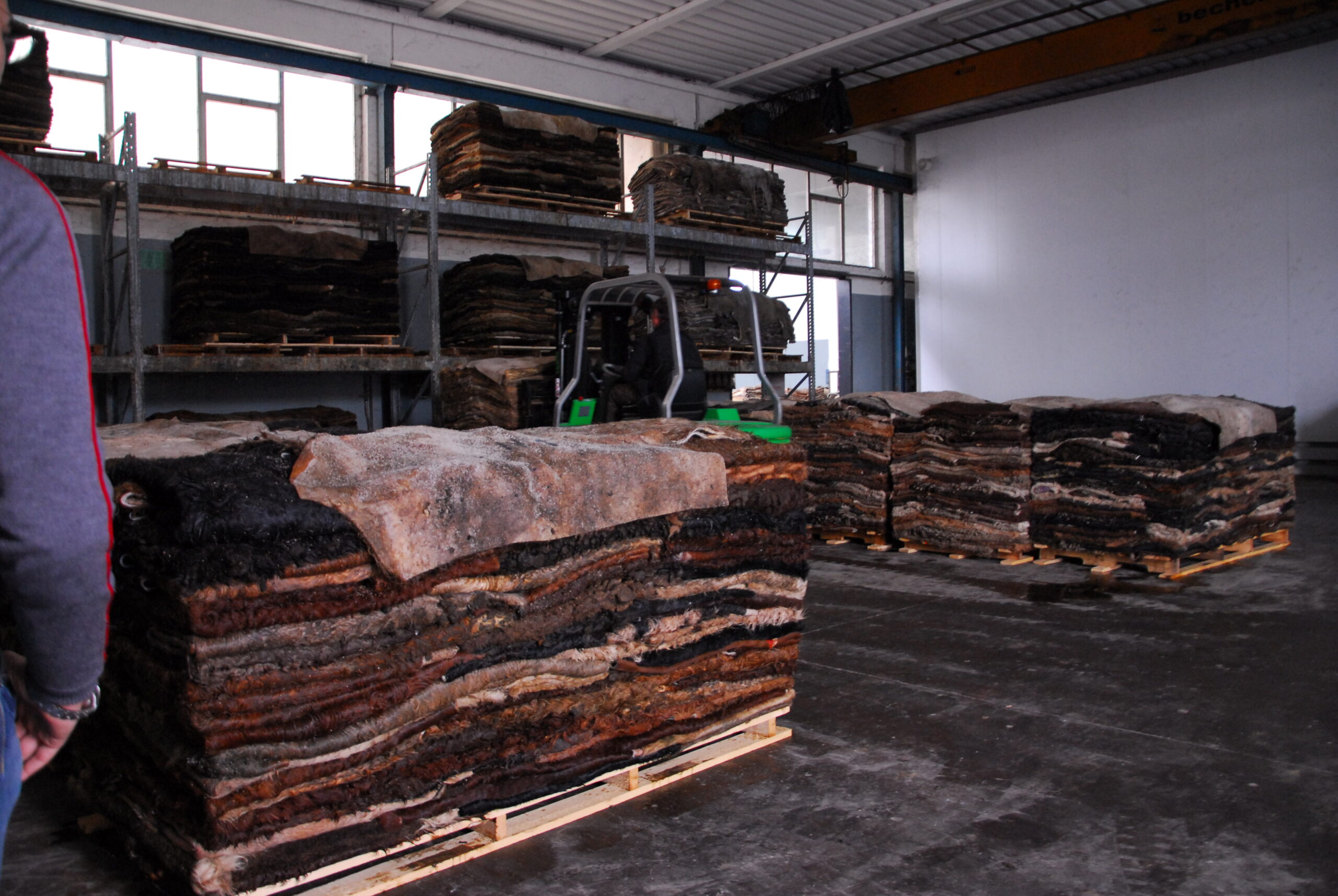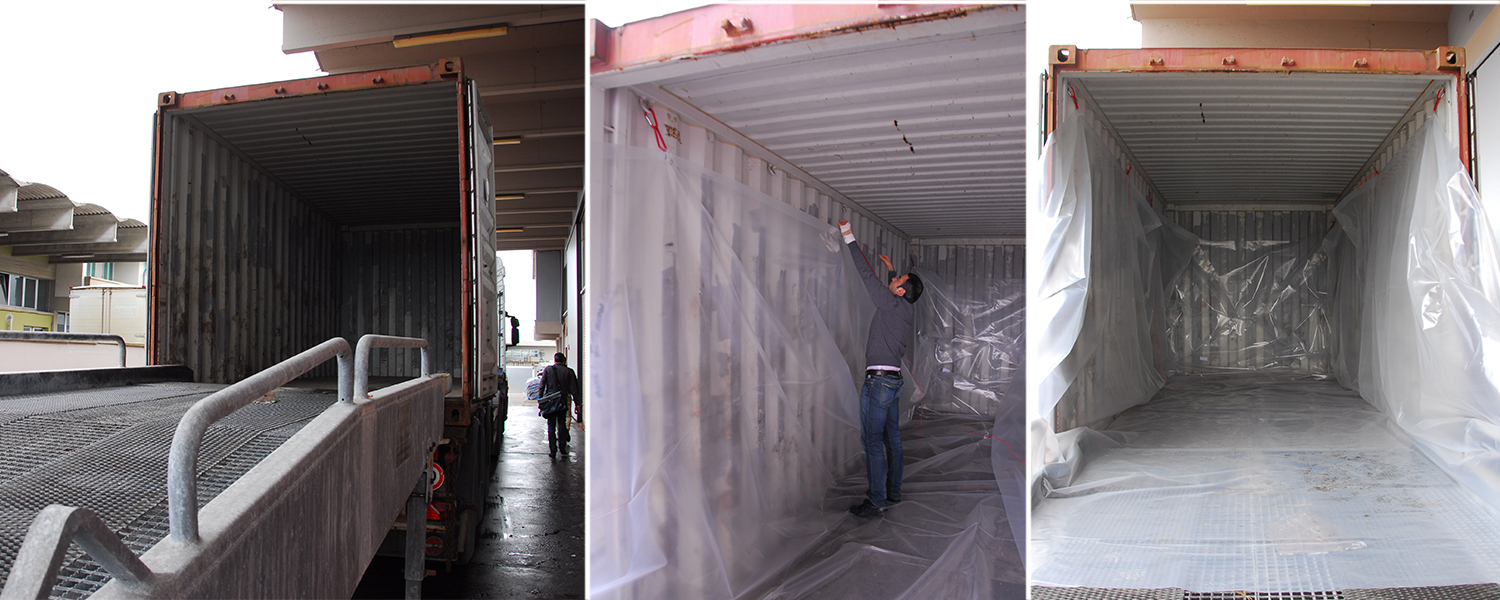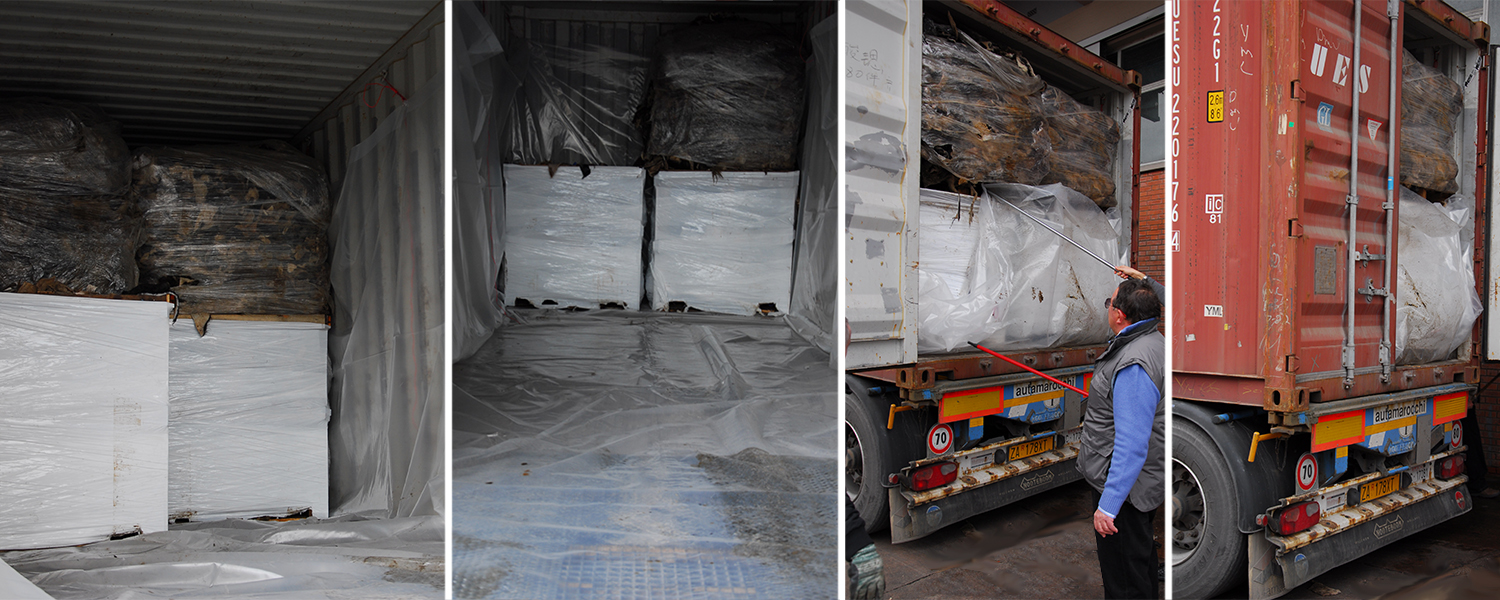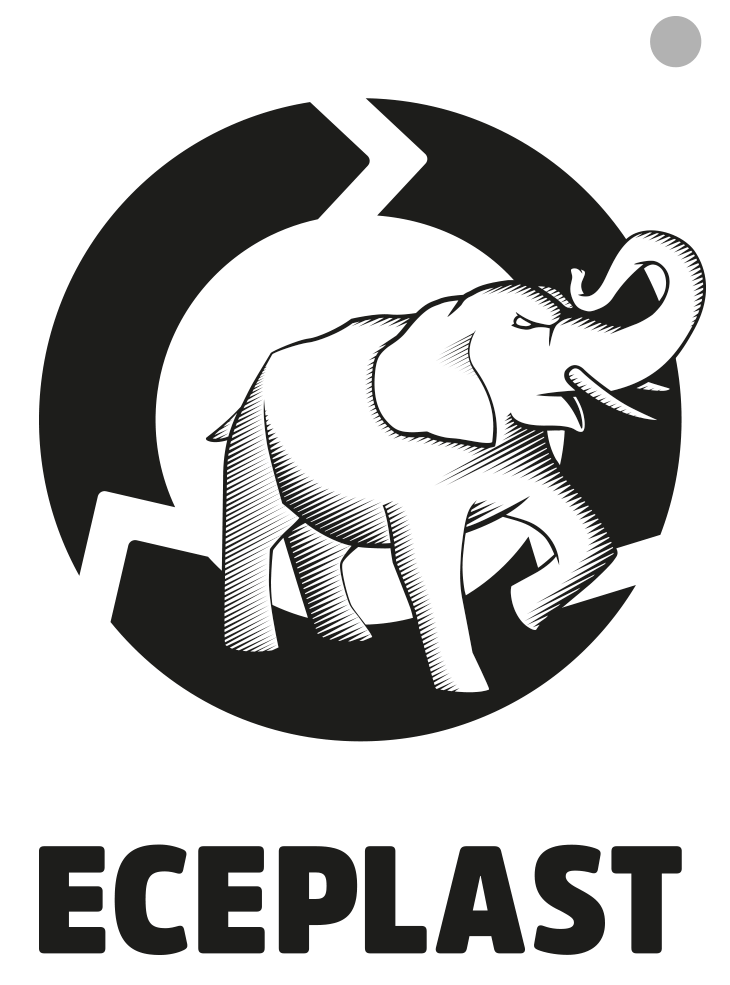Carriage of hides and skins in container
Yearly, approximately 7 million tons of raw hides are generated by slaughtering animals like cows and sheep.
These hides will be processed and transported around the world will become leather. The carriage of hides or skins in general purpose containers is creating several problems. Improper container preparation may cause the leaking of corrosive brine during transport. The leaking brine damages the container floor and painting, contaminates containers stowed underneath or nearby, corrode ship’s decks and fittings, influences the supply air of reefer containers nearby and creates a very strong foul odor and holds a potential health risk from bacteria, infection, putrefaction and woodworms.
The Eceplast’s goal is to reduce claims from the carriage of hides and skins by ensuring that it is properly packaged, declared and carried.
CARGO ISSUES
A hide is an animal skin treated for human use. Hides include skins from cattle and other livestock animals. In some areas, leather is produced on a domestic or small industrial scale, but most of the leather production is done on a large scale. Animal hides are stretched, dried and tanned.
Basically, there are three types of goods to keep in mind in this field:
1- Wet salted hides are named also as “Salted Bovine Leather”, “Raw Hides”, “Salted Skins”, “Pickled Pelts” or “Splits”. Wet salted hides and skins are a raw product, only temporarily saturated in a brine solution of salty water. This concentrated salt solution ensures protein destroying organisms cannot function. This process takes about 12-18 hours to “cure” (salt) the hides. However, they are an unstable organic material that may slowly degrade activity, which can be accelerated by increasing temperature especially when sealed inside a shipping container. The raw hides and skins are covered in hair or wool and of course fat and blood with a fair share of insects and bacteria feeding on this food source. By its nature, salted hides and skins will purge the salty brine continually as the product ages and therefore a liner is required in shipping containers to contain this brine purge.

2- Wet Blue hides are named also as blue hides or tanned hides. Wet blue hides and skins have already undergone vigorous cleaning processes, which begin with the soaking of the hides in detergents, various chemical treatments and several salt and water cleaning treatments. All hair and fat and protein have been removed in the tanning process and the hides are chemically stable. Wet blue tanned leather does not deteriorate in quality and generally does not lose any moisture during storage and transit, because any water is chemically bonded to the collagen proteins in the hides.
3- Dry salted hides are named also as air dried hides. To process them, the flesh side of the hide is covered with salt. After some time, the remaining salt is removed and the hides are dried in the air. As the product does not contain water, no leakage is expected. However, condense water might occur due to climate change during transport.
CONTAINER PREPARATION
Hides and skins are usually shipped in standard containers. This is feasible if special care is taken during container stuffing and the correct packing material is used, considering the nature of the cargo and the expected temperatures during the transport. All parties involved in the transport chain must be notified about those containers.

Installing a hide liner is required for all shipments of hides and skins. To minimize the risk of damages to the container, Eceplast Cargo Protectors, made of robust material with sufficient thickness must be used, to catch leakage and withstand mechanical forces during the loading process and during shipping.
The liner has a bathtub shape and must extend the height of the load at all sides to ensure any liquid is collected. Tie cords of liner are secured to integrated container tie rings. The floor is specially made to avoid the forklift from tearing the liner when entering and moving inside the container
Hides are stuffed usually on stacked pallets, 2 side by side. Depending on the size, there remains void space between the cargo and sidewalls and towards the doors. When cargo shifts, the liner can be torn or humans can be at risk when opening the doors. Therefore, suitable blocking and bracing is to be installed wherever needed.

STRIPPING
The container should be stripped as fast as possible avoiding unnecessary contamination of the container. Immediately after completion of stripping the cargo, the liner must be removed carefully to avoid spillage of wet sawdust or any liquid onto the containers floor.
Thanks to the liner use, the cleaning operation will be very fast. Anyway, the container must be thoroughly cleaned and deodorised. The container should be ventilated with doors open to assist drying and elimination of odors. Fan assisted drying is recommended in cold weather. Return the container to owner, when the container is free from any residue, packing material and smell, means in same condition as received or ready for next use of any other cargo.
Eceplast Cargo Protectors, truly represents the perfect solution to preserve goods while keeping the container clean.
Furthermore, once used, the liner can be easily removed and disposed of as it is made of premium quality polyethylene. A big saving of time and money for the safety of your transport with the right attention of the environmental protection.

For more information about all the possible applications of the Eceplast liner bags for containers, please visit our Cargo Protectors webpage.

